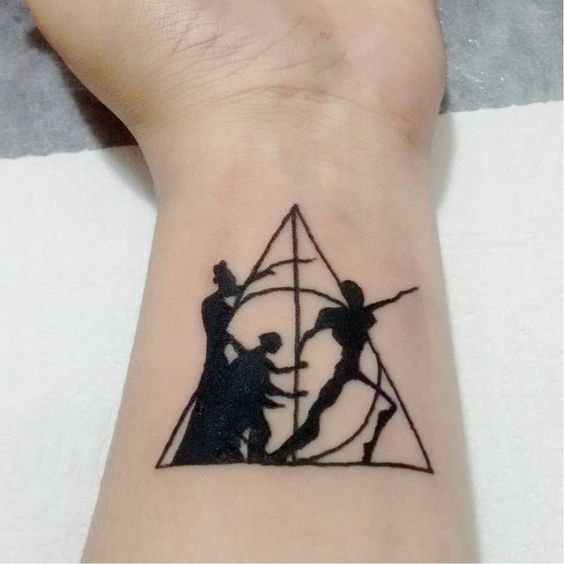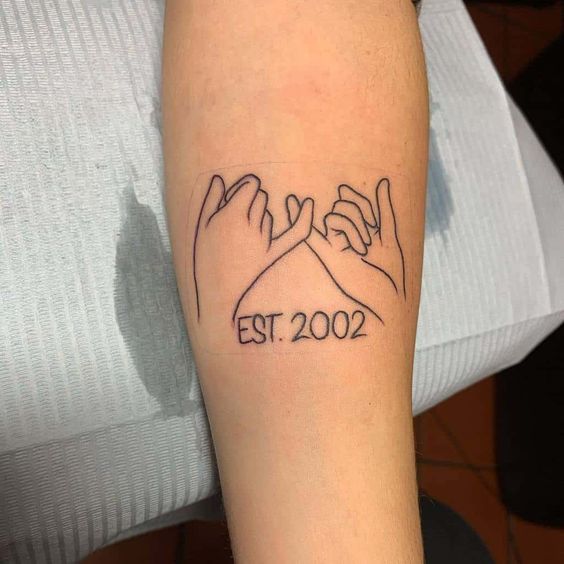Chicano tattoos, often intricately designed, carry a cultural heritage but also, at times, symbolize gang affiliations. This form of body art, deeply rooted in the Chicano culture of the southwestern United States, often portrays elements like religious icons, family emblems, or cultural symbols. However, some designs are known to be associated with gang identity, signaling a member’s status or loyalty. It’s crucial for those considering such tattoos to understand these potential implications.
The style, deeply expressive, evolved in the 1940s and 1950s. It mirrors the struggles, spiritual beliefs, and family ties of the Chicano community. Traditionally, these tattoos were homemade, with unique ink recipes and non-professional equipment. Today, they have gained popularity beyond their cultural boundaries, attracting a broader audience. However, this expansion has led to misunderstandings about their significance.
Specific symbols in Chicano tattoos, like certain numbers, phrases, or icons, can indicate gang affiliations. These symbols are often known only within these communities, making it difficult for outsiders to discern their meaning. As such, an innocent choice of design could inadvertently signal unintended messages. Therefore, thorough research and understanding are vital before getting inked.
Moreover, these tattoos can impact one’s life beyond cultural expression. They may influence perceptions in professional environments, social interactions, and even legal situations. For instance, law enforcement often associates certain tattoos with gang activity, which could lead to misunderstandings or profiling.
In conclusion, while Chicano tattoos are a beautiful expression of culture and identity, they can also carry connotations of gang affiliation. Prospective tattoo enthusiasts should exercise caution and seek extensive knowledge about the designs they choose. This awareness is key to respecting the culture and avoiding unintended associations.











